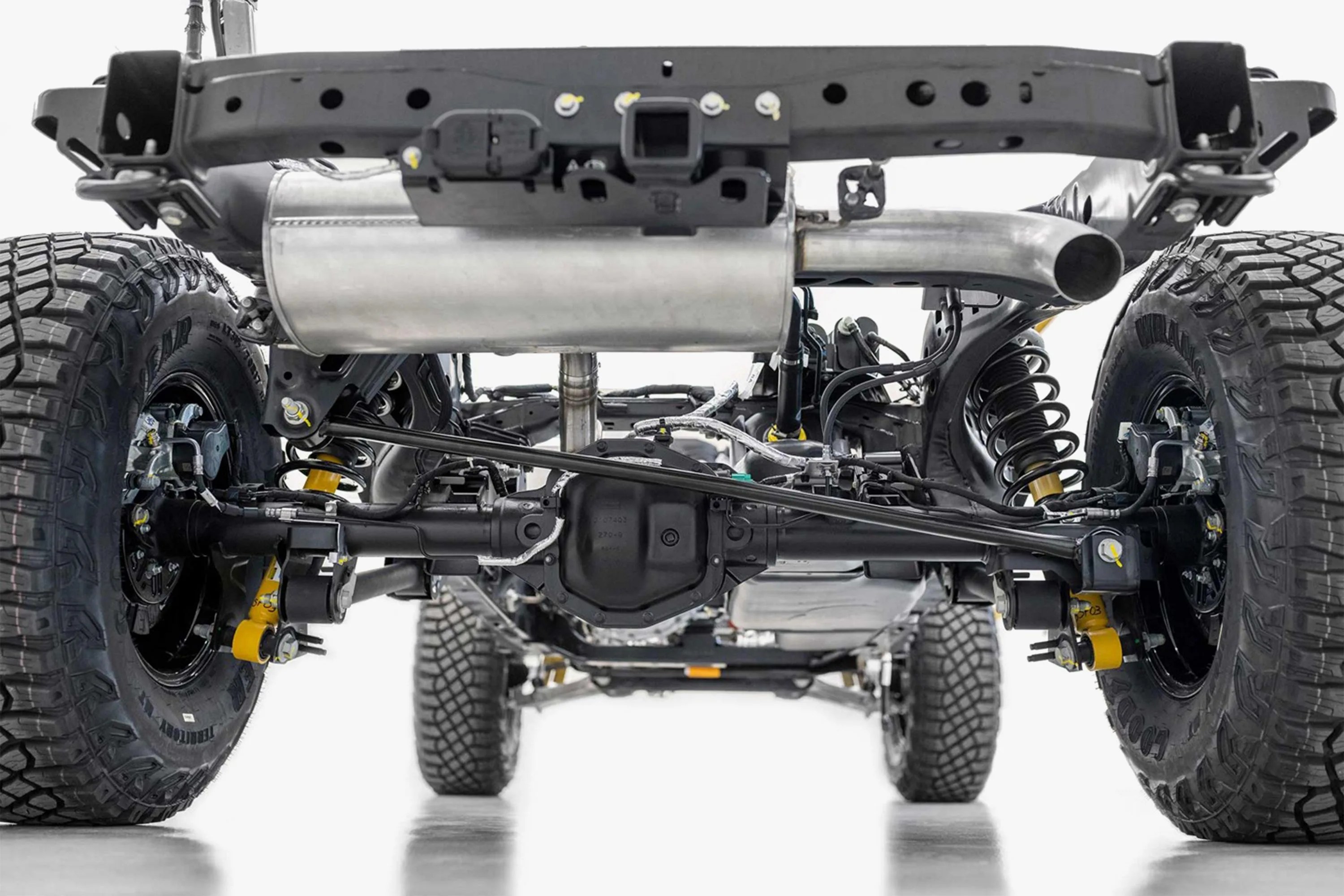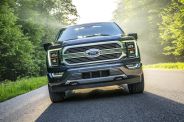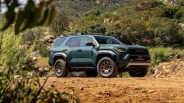In the automotive world, especially when it comes to off-road trucks and SUVs, differentials come up all the time. Is your differential locking, limited slip or open? Do you have a transfer case? One or two speeds? What’s your final drive ratio? And that’s before we head into various brand loyalties, “Got to have a Ford 9-inch,” or “the 12-Bolt Chevy is the one to beat.”
The conversation can get a bit confusing, especially coming to it as a novice. Here’s a quick rundown of what a differential is, the different types of differentials and why they are important.
What is a differential?
A differential serves a single, important purpose: to send power to two or all four of a vehicle’s wheels while simultaneously allowing the vehicle to turn. When you turn, the car changes direction at a certain angle, following a radius around a corner. For that to happen, each of the four wheels needs to turn at a slightly different radius. And that means each wheel travels at a different speed.
For the non-driven wheels, this is no problem. Nothing binds them. But you only have one engine, which only spins at one speed at any given moment. To allow two or more wheels to rotate at different speeds, all while receiving power from one source, each drive wheel connects to a shaft with a gear on the end, which in turn connects to a gear inside the differential.

Those gears meet more gears in the center, which attach at 90-degree angles in the center and to the other wheel’s shaft on the other side. All told, four gears lie in the center, one from each wheel shaft, and two sit at a 90-degree angle. These four gears (usually bevel gears, by the way) live inside an assembly.






